When George Morgan wrote the history of Philadelphia and titled it The City of Firsts in 1926, he probably never envisioned that one day that moniker would ring true in so many life-science disciplines.
But it has — and thanks to a new coalition of life-science industry leaders throughout the tri-state Greater Philadelphia region, more firsts are likely to come.
Philadelphia, which gave America its first hospital in 1751 and introduced medical publishing in the early 1800s, is once again flexing its medical muscle in the form of the Health Care Innovation Collaborative. An initiative of the CEO Council for Growth, a unit of the Greater Philadelphia Chamber of Commerce, the Collaborative serves as a multi-institutional structure that distinguishes Greater Philadelphia as a global leader in health care innovation.
Its founding members include Ben Franklin Technology Partners of Southeastern Pennsylvania; The Children’s Hospital of Philadelphia; Christiana Care Health System; Comcast; Drexel University; Independence Blue Cross; Safeguard Scientifics Inc.; Thomas Jefferson University and Jefferson Health; and University of Pennsylvania Health System.
“With seven medical schools, three pharmacy schools, three dental schools and many other specialty schools, Greater Philadelphia is a powerhouse of life-science research and educational access,” says Matt Cabrey, executive director of Select Greater Philadelphia. “No other region of the world can say this. Greater Philadelphia truly is a region of firsts — the first hospital, the first school of pharmacy, and more recently, the first pediatric double hand transplant. The roots of successful research are here, and our focus is on continuing to attract talent and identify the health care solutions of the future that allow people around the world to live better, healthier lives.”
‘Center of the Healthcare Universe’
Various industry leaders who are partners in the Collaborative agree. Gary Kurtzman, managing director of Safeguard Scientifics, a private company that provides capital to healthcare firms, notes that “we are a good example of the innovation that is occurring in this region. We are 60 years old, and we were born and grew up in the Philadelphia area. Geographically, this is a great place to be. This is the center of the health care universe.”
He notes that “in technology, science and policy, this region is on the vanguard of major medical breakthroughs. Penn, Johns Hopkins and NYU are all either here or close by. A huge healthcare infrastructure is based here. That makes it easy for us to find and hire the most talented people in the healthcare sector. Most of them live and work here anyway.”
Safeguard invests in innovative initiatives that have the potential to improve the way we think about, develop and deliver health care. “I am involved in helping a number of healthcare startups get launched,” Kurtzman says. “There is a concentration of assets here. Three major healthcare systems are based in the region. Increasingly, these providers are proving to be sources of innovation. The Health Care Innovation Collaborative has the ability to bring all of the major life-science organizations in the region together and accomplish much more than we ever could apart.”
He cites the region’s competitive edge in cancer treatment, gene therapy and immuno-oncology. “Penn Medicine is a world leader in that field,” Kurtzman adds. “Orthopedic surgery is strong here. And The Children’s Hospital of Philadelphia is a world leader in pediatrics.”
Roy Rosin, chief innovation officer at Penn Medicine, says that “we are looking at novel approaches to healthcare delivery, new ideas and better ways of doing things. We have tremendously smart people. They are our best assets. We work with internal and external entrepreneurs. We help them take their ideas and run experiments with them to see if they can go to the marketplace and be successful.”
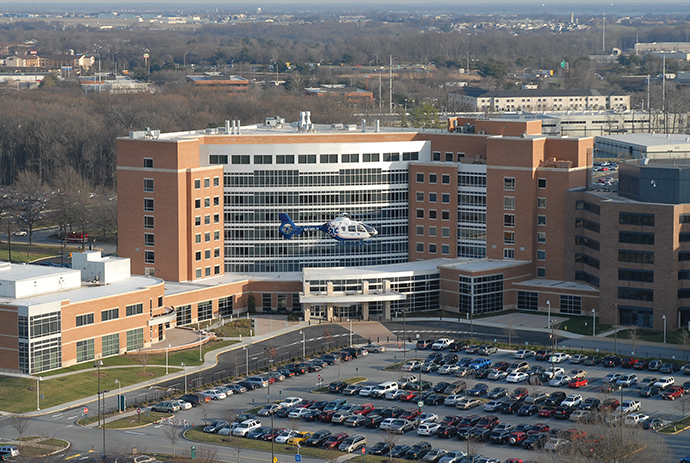
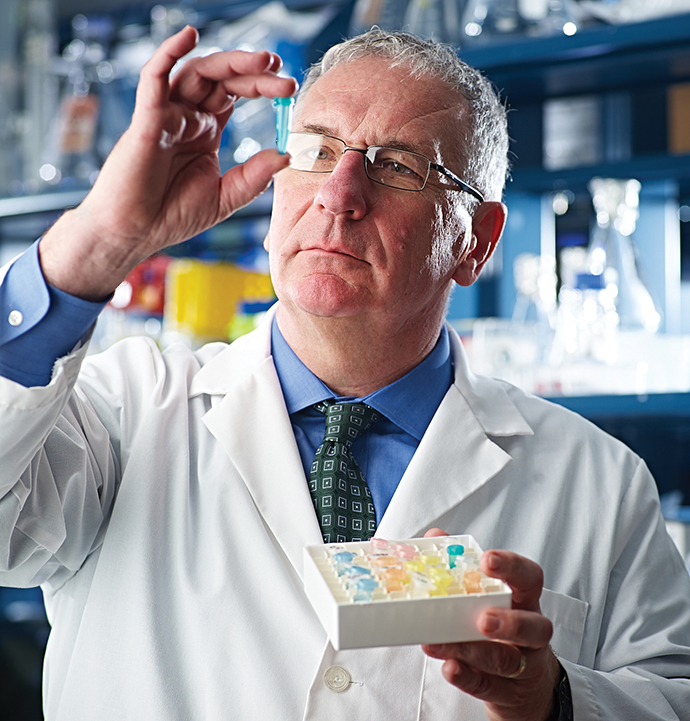
Often, these tests lead to breakthroughs that change lives. Derek Fitzgerald, for example, nearly died of a weak heart after undergoing chemotherapy, but a heart transplant at Penn Medicine gave him a second chance. Four years later, he competes in Ironman Triathlons.
“That’s why we’re here,” says Rosin. “Innovation can and should be about making people healthier. The question we ask ourselves every day is — how can we fundamentally improve health care? Penn Medicine has always been at the forefront of that effort. For example, we had a surgeon who invented a way to make tumor cells glow during surgery to make it easier to identify and remove them. We have reimagined wound care, we have revolutionized antibiotic management, and we have identified new care models that deliver better outcomes and patient experiences at much lower cost, for health issues ranging from hypertension to miscarriages and diabetic retinal care.”
Data science teams at Penn Medicine have been working on identifying sepsis earlier, he says, adding, “they’ve also been able to predict heart failure much earlier. Many other medical breakthroughs are still in motion, so we are very optimistic about the future.”
A Region-wide Partnership
Dr. Janice E. Nevin, president and CEO of Christiana Care Health System, based in Delaware, shares that optimism. “We think it is important for Delaware to be involved in this regional coalition,” she says. “We already collaborate with the Wistar Institute in Philadelphia, the nation’s first independent institution devoted to medical research and training, on translational cancer research, so this new Health Care Innovation Collaborative is a natural fit for us. We are applying with The Wistar Institute to become a joint National Cancer Institute (NCI) designated cancer center. At present there is no cancer consortium program in the U.S. between an NCI-designated research program, such as Wistar, and an NCI-selected Community Cancer Center, such as Christiana Care. This would be the first of its kind.”
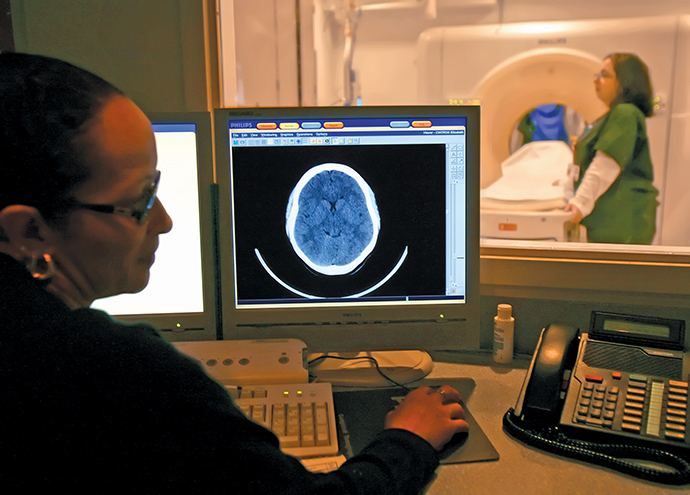
Christiana Care itself has been growing significantly. “We recently completed a multi-year transformation of our Wilmington Hospital Campus that has expanded the hospital by 337,000 square feet, creating a one-million-square-foot, state-of-the-art medical center, featuring a new joint replacement unit, a new surgical suite, a new intensive care unit, an expanded emergency department, and a tranquil atrium and healing garden,” Nevin says. “Currently, we are planning the expansion of our Women and Children’s Services with a newly designed building at Christiana Hospital.”
Nevin adds that “we were very excited to join this new partnership. This is a very interesting time in health care, especially with digital technology. We want to be part of a conversation around the new ideas that are out there, including potential innovations for health care. We know our pain points. We feel that, through collaboration with other organizations in Greater Philadelphia, we can turn those pain points into opportunities for new healthcare solutions.”
A Gateway for Innovators
Keith Orris, senior vice president of corporate relations and economic development at Drexel University, says that participating in the Collaborative advances “a key goal of the university’s strategic plan — to become a nexus for research, technology transfer and economic development.”
The centerpiece of Drexel’s efforts is Schuylkill Yards, a 14-acre, $3.5-billion knowledge and innovation community that is being developed in collaboration with Brandywine Realty Trust. Located in University City, home to a large and unique collection of educational and medical institutions, the project will be completed in phases over the next 20 years.
“With its location adjacent to the nation’s third busiest rail station, Schuylkill Yards will connect innovators and entrepreneurs along major metropolitan centers along the East Coast and beyond, while also serving as the gateway to our campus and University City.” says Orris. “We see it as a very intentionally designed, mixed-use community that will bring together researchers, lab space, entrepreneurs, innovators, corporate partners, artists, and designers.” And Schuylkill Yards already has its first tenant: PHL Next Stage Med, a medical device accelerator.
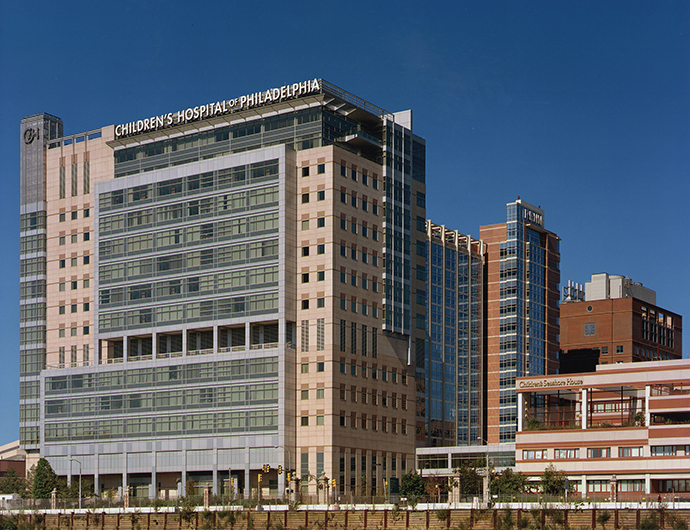
“Drexel’s Shima Seiki Haute Technology Lab pushes the envelope of new technology in healthcare,” adds Orris. “The U.S. Department of Defense recently selected a national team of universities and companies to pioneer the development and manufacturing of advanced fibers and textiles, and Drexel’s capabilities in design and rapid prototyping are central to that initiative. Some of our earliest efforts focused on the development of an integrated medical device for fetal monitoring during labor, which was created almost entirely from advanced fibers and knitted electronics. We’re designing and prototyping the smart fabrics of tomorrow.”
Bob McGrath, senior associate vice provost for technology commercialization, reported that Drexel invests more than $1 million annually in developmental research through programs like Drexel Ventures, Coulter Translational Research Partnership, and the Clinical and Translational Research Institute that help its start-ups avoid the “valley of death,” with the goal of ultimately reaching the market. For example, Drexel has invested in a new medicine developed by a faculty member for the treatment of patients with Parkinson’s disease. “The shaking and tremors that patients develop currently have no cure. This new treatment may provide hope for the relief that patients and their families desperately need.” McGrath says.
Drexel engineers collaborated with other researchers in Philadelphia decades ago, leading to the development of the ultrasound machines used today in clinics and hospitals everywhere. “That’s what we do,” says Orris. “We develop products that transform healthcare. With our pipeline of intellectual property and the new innovation community we’re creating in Schuylkill Yards, we see an exceptionally bright future for Greater Philadelphia.”
At the Forefront of Tele-health
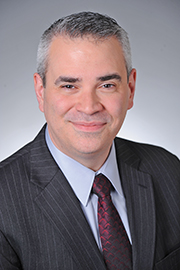
Marc Siry, vice president for strategic development at Comcast, sees that same future incorporating the use of modern telecommunications systems in the delivery of healthcare.
“We feel that technology is transforming healthcare and life sciences,” he says. “The core of that transformation has been the ability to share and deliver information at ever increasing speeds using broadband technology. We believe we can be part of that transformation by being part of the Health Care Innovation Collaborative.”
Tele-health services are the wave of the future, says Siry. “Doctors want to be able to reach their patients in ways that are most convenient. Video chats could be a possible option between the patient and the attending physician. Broadband capability will be a key asset in tele-health. Philadelphia is already a leader in life sciences and health care, so it only makes sense that we also become a national leader in tele-health.”
Speaking for others in the Collaborative, Siry says that “the main goal of this new coalition is to drive innovation in health care by bringing together all of the leading organizations in the Philadelphia area. We’ve created an environment that attracts innovators from around the country and the world. When it comes to life sciences, Greater Philadelphia has a lot to celebrate — in its past, today and tomorrow.”
This Investment Profile was prepared under the auspices of Select Greater Philadelphia. For more information contact Jeanne Nevelos at 215-790-3726 or jnevelos@selectgreaterphila.com. On the Web, go to www.selectgreaterphiladelphia.com.
